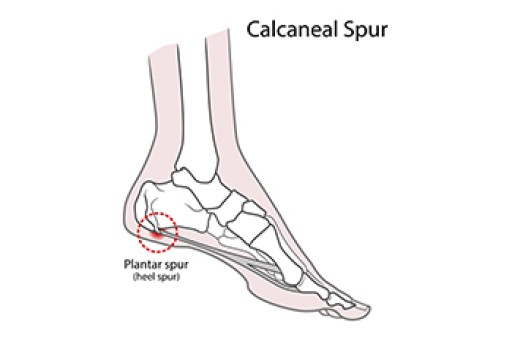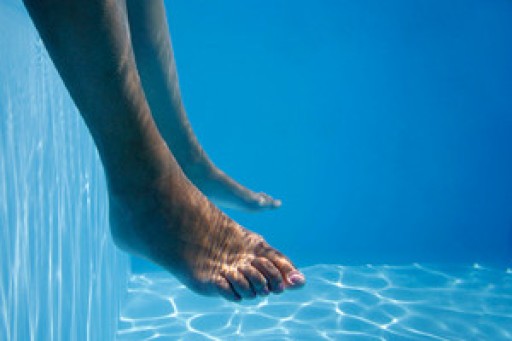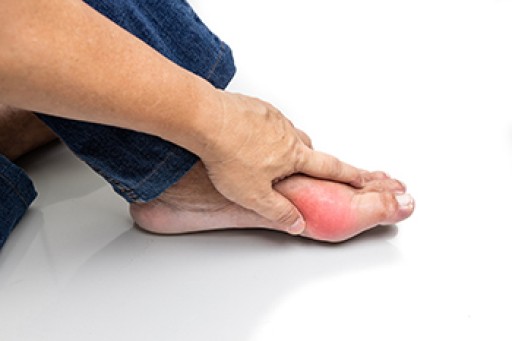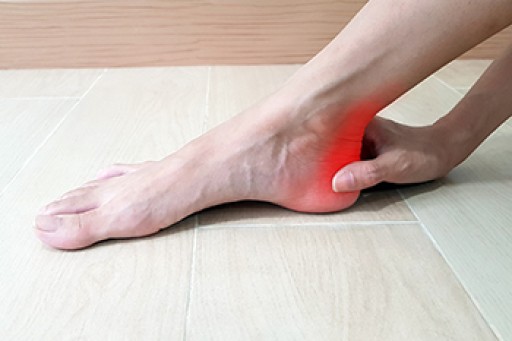
A small bony protrusion on the heel may indicate a heel spur has developed. It is made of calcium and can happen from repeated stress on the plantar fascia. This is the portion of tissue that connects the heel to the toes and can become inflamed for various reasons. This can lead to developing a heel spur, which can cause severe pain and discomfort, despite its small size. There are two classifications of heel spurs, an inferior or posterior heel spur. They are different as a result of where they form on the heel. A posterior heel spur is found behind the heel, near the Achilles tendon. An inferior heel spur generally is located on the lower part of the heel, and may indicate existing plantar fasciitis. People can get heel spurs from running on uneven surfaces or from wearing shoes that have little support. Additionally, having arthritis and being overweight may lead to getting a heel spur. If you have heel pain, please consult with a podiatrist who can properly diagnose and inform you of prevention methods.
Heel spurs can be incredibly painful and sometimes may make you unable to participate in physical activities. To get medical care for your heel spurs, contact one of our podiatrists from Associates in Podiatry, PC. Our doctors will do everything possible to treat your condition.
Heels Spurs
Heel spurs are formed by calcium deposits on the back of the foot where the heel is. This can also be caused by small fragments of bone breaking off one section of the foot, attaching onto the back of the foot. Heel spurs can also be bone growth on the back of the foot and may grow in the direction of the arch of the foot.
Older individuals usually suffer from heel spurs and pain sometimes intensifies with age. One of the main condition's spurs are related to is plantar fasciitis.
Pain
The pain associated with spurs is often because of weight placed on the feet. When someone is walking, their entire weight is concentrated on the feet. Bone spurs then have the tendency to affect other bones and tissues around the foot. As the pain continues, the feet will become tender and sensitive over time.
Treatments
There are many ways to treat heel spurs. If one is suffering from heel spurs in conjunction with pain, there are several methods for healing. Medication, surgery, and herbal care are some options.
If you have any questions feel free to contact our offices located in Pittsburgh-South Hills, and Pittsburgh-Bellevue, PA . We offer the latest in diagnostic and treatment technology to meet your needs.











